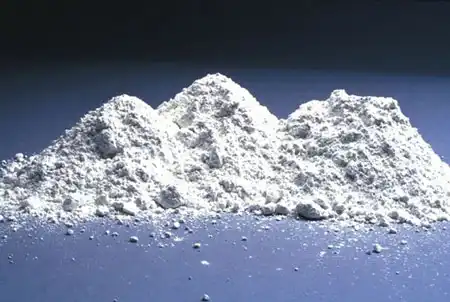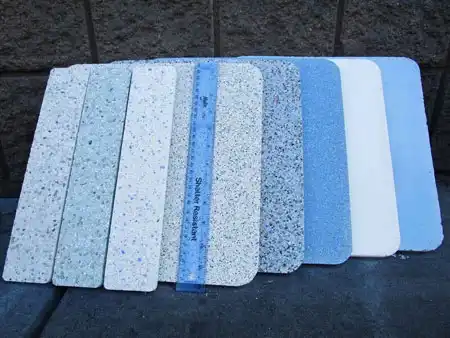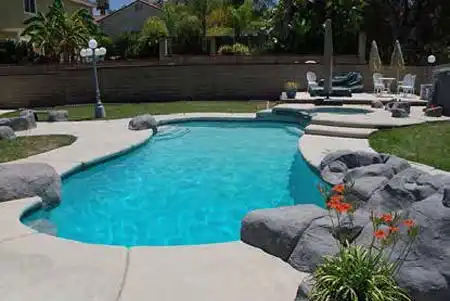
Why is White Cement Used in Swimming Pool Plastering?
based on:
NPC Technical Bulletin #5 – White Cement & Swimming Pool Plastering


The Artist's Canvas
Pool plasterers typically use white cement for swimming pool interiors to ensure a clean, bright, consistent color, especially when formulating light pastel-colored plaster. Similar to the idea of using a base tint when mixing a paint color for your walls, white cement provides the neutral base color from which to create a brighter, more intense color for your pool’s interior finish. The palette of decorative colors and finishes available to customers is greatly expanded by combining white cement, pigments, and various colored aggregates, to create a variety of surface finishes and textures. Plastering contractors and designers rely on careful materials selection and attention to mixing and placement details to achieve the most eye-catching plaster colors and finishes. It is truly both an art and a science!


Cement Hydration and Color
Cement chemically reacts with water and hardens into a strong binder through a process called hydration. Chemical additives called ‘accelerators’ are often used to speed up hydration in plaster mixes. The most common accelerator is calcium chloride (CaCl2). When added to gray cement used in concrete, CaCl2 retards the hydration of the compound C4AF (ferrite phase) which can cause a darkened discoloration of the finished material. Since white cement for pool plastering contains very low ferrite phase, adding calcium chloride to a swimming pool interior finish has a very low risk of discoloration.
A Final Note on Pool Finishes and Chemistry
Using calcium chloride as a set accelerator in amounts not exceeding 2% (by weight) of the cementitious binder does NOT cause the finish coating to be weak or inferior, nor does it promote deterioration or surface etching of the swimming pool finish. It simply allows the finishers the ability to better control the set of the material, and in turn, create the best finish possible.
The leading cause of deterioration of the finish coating in swimming pools is from unbalanced water chemistry. Good water chemistry and proper pH balance, as per PHTA and NPC recommendations, is the key to prolonging the life of the finish coating and preserves the aesthetic beauty of your pool’s surface from experiencing etching deterioration, discoloration, or mineral scale.
